케이팝 데몬헌터스(이하 케데몬)의 인기가 식을 줄 모르고 점점 뜨거워지면서, 팬들의 시즌2 제작 요구도 날로 높아지고 있습니다.이 열풍 속에서 단연 돋보이는 존재는 귀여운 씬스틸러, 호랑이 '더피’와 까치 '수지’입니다. ‘사자 보이즈’의 멤버 진우의 심부름꾼으로 등장하는 이들은 조선 후기 민화 호작도(虎鵲圖)를 모티프로 탄생한 캐릭터들로, 작품의 인기에 힘입어 각종 상품화까지 이어지고 있습니다.
The popularity of K-pop Demon Hunters (hereafter K-Demon) shows no sign of slowing down, and fans’ calls for a Season 2 are growing louder by the day. Amid this craze, the ones stealing the spotlight are none other than the adorable scene-stealers—Durpy the tiger and Sussie the magpie. Appearing as the errand runners for Jinu, a member of the Saja Boys, these characters were inspired by the late Joseon-era folk painting Hojakdo (Tiger and Magpie). Thanks to the show’s immense success, they have even been developed into a wide range of merchandise.
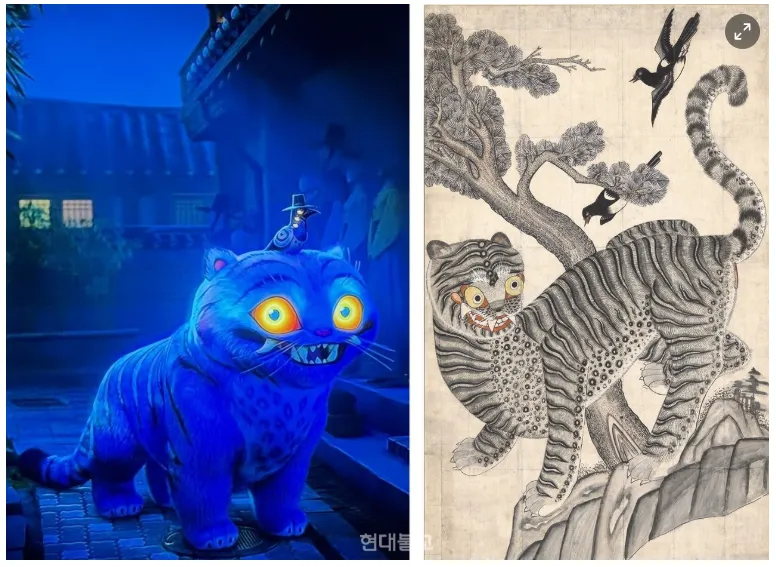
데피&수지 + 호작도
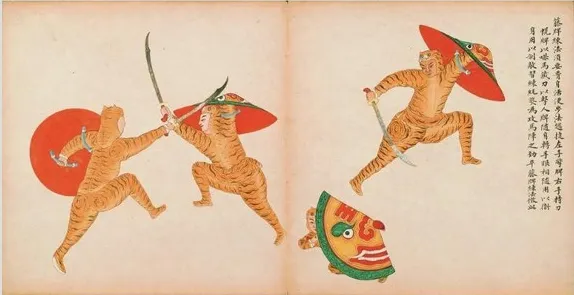 착호갑사
착호갑사

🐅 호작도와 호랑이 설화
호작도는 호랑이와 까치를 함께 그린 전통 민화입니다.
- 호랑이: 액운과 나쁜 기운을 막는 수호자
- 까치: 좋은 소식을 전하는 길조
이 둘을 한 그림에 담은 호작도는 ‘환상의 짝꿍’처럼 여겨져 조선시대 민간에서 크게 유행했습니다.
사실 한국은 예로부터 호랑이 설화가 많아 ‘호담국(虎談國)’이라 불릴 정도였고, 전국 방방곡곡에 호랑이가 서식했습니다.
하지만 동시에 호랑이는 맹수였기에 ‘호환(虎患)’이 빈번했고, 이를 막기 위해 착호대(捉虎隊)라는 호랑이 사냥 전문 군사 조직도 운영되었다고 전해집니다. 이쯤 되면 한국은 정말 ‘호랑이 나라’였던 셈이죠.
1988 서울올림픽의 마스코트 ‘호돌이’ 역시 이런 맥락 속에서 이해할 수 있습니다. 한국인에게 호랑이는 무서우면서도 친근한 상징이니까요.
Hojakdo (Tiger and Magpie Painting) is a traditional Korean folk painting that depicts a tiger and a magpie together.
- Tiger: A guardian that wards off misfortune and evil spirits
- Magpie: A bearer of good news and fortune
Combined in a single painting, they were regarded as an “ideal pair” and became hugely popular among the people during the Joseon Dynasty.
In fact, Korea has long been called Hodamguk (“the nation of tiger tales”), thanks to its countless tiger tales and the fact that tigers once roamed every corner of the country.
At the same time, however, tigers were dangerous predators, and hohwan (tiger attacks) occurred frequently. To counter this, the Joseon Dinasty even maintained a specialized military unit known as the Chakho-dae (Tiger-Hunting Corps). In that sense, Joseon truly was a “land of tigers.”
The mascot of the 1988 Seoul Olympics, Hodori, can also be understood in this context—tigers symbolize something both fearsome and endearing to Koreans.
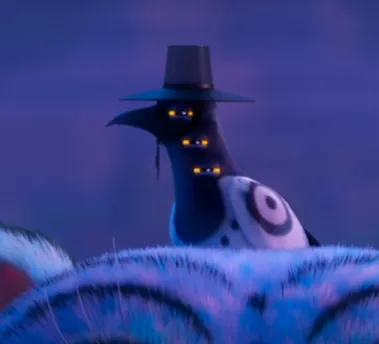
Sussie the magpie
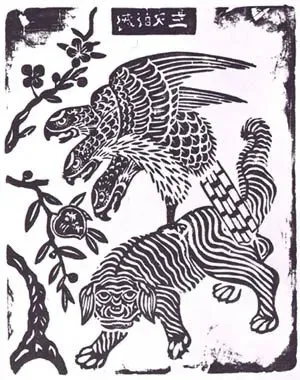
Samdumae

Jujakgi
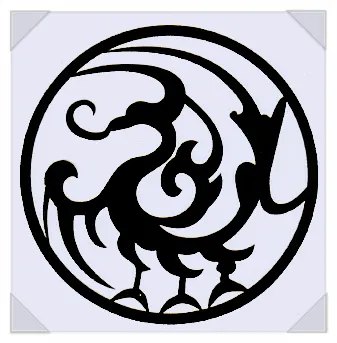
Samjok-o
🐦 수지와 삼두매, 그리고 한국의 신조
까치 캐릭터 ‘수지’는 단순히 호작도의 까치를 따라 한 것이 아닙니다. 갓을 쓰고 눈이 여섯 개(좌우 세 개씩)라는 독특한 설정이 있는데요.
여기서 ‘3’이라는 숫자는 한국 전통문화에서 완전함을 뜻합니다. 대표적인 예로, 머리가 셋 달린 신조(神鳥) 삼두매(三頭鷹, 삼두일족응)가 있습니다. 삼두매는 삼재(三災)를 물리친다고 믿어져 부적에 자주 등장했으며, 민화 속에서도 큰 사랑을 받았습니다.
뿐만 아니라 조선시대에는 성스러운 새를 세 개의 머리나 다리로 묘사하는 경우가 종종 있었습니다. 조선군 진영에서 사용된 주작기(朱雀旗)에는 세 머리와 세 다리를 가진 주작이 그려져 있으며, 고구려 문화의 삼족오와도 연결 지어 볼 수 있습니다.
이런 맥락에서 보면, 까치 ‘수지’는 전통적 모티프를 바탕으로 하면서도 가장 한국적인 창작 요괴 캐릭터라 할 수 있습니다.
🐦 Sussie, the Samdumae, and Korea’s Mythical Birds
The magpie character Sussie is more than just a simple reference to the magpie in Hojakdo. It is given a unique design—wearing a traditional 'gat' and having six eyes (three on each side).
The number “3” carries special meaning in Korean traditional culture, symbolizing completeness. A representative example is the mythical bird Samdumae (三頭鷹, also called Samdu-iljok-eung), a three-headed bird believed to ward off the Samjae (Three Calamities). It often appeared in talismans and was a beloved subject in folk paintings.
Furthermore, in the Joseon Dynasty, sacred birds were sometimes depicted with three heads or three legs. For instance, the Jujakgi (Vermilion Bird Banner) used in Joseon military camps featured a vermilion bird with three heads and three legs, which can also be connected to the Samjok-o (Three-Legged Crow) of Goguryeo culture.
Seen in this light, the magpie Sussie can be regarded as a uniquely creative monster character—rooted in Korean traditional motifs while reimagined for a modern audience.
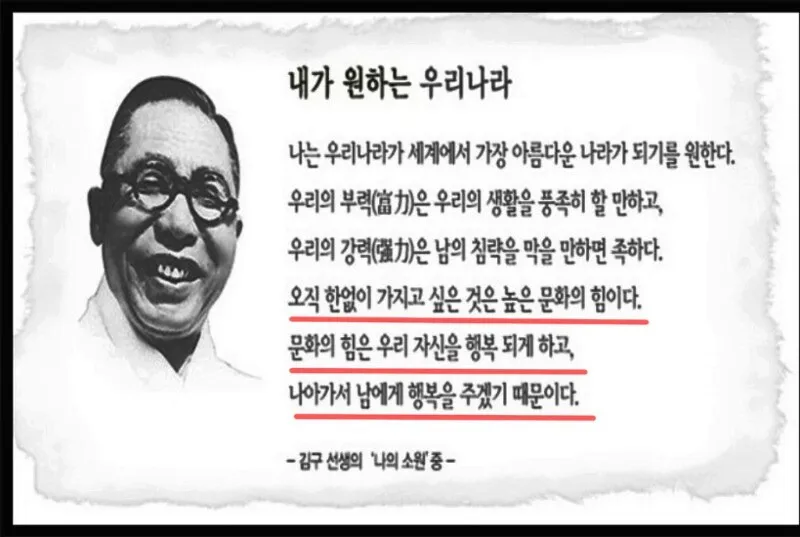
The strength I desire for my country is not the power to ‘conquer’ others, but the power to ‘inspire’ them. The power of culture brings happiness to ourselves and, furthermore, to others.
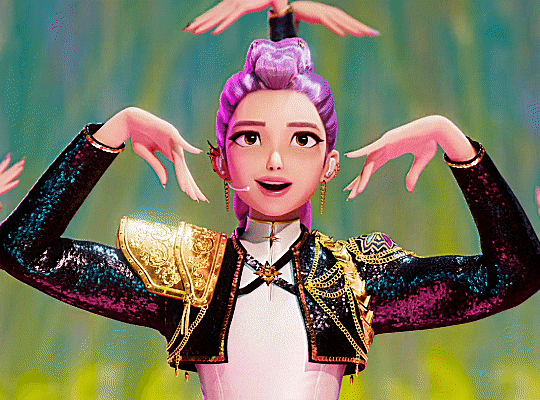
🌏 전통과 현대가 만난 K-콘텐츠
케데몬 속 더피와 수지처럼, 한국의 전통 문화와 현대적 상상력이 결합된 콘텐츠는 이제 세계적 인기를 끌고 한국적 세계관이 글로벌 대중문화와 만나며 확장되는 현상이 발생하고 있습니다.
광복절을 맞이하여, 그분의 말씀이 떠오릅니다.
🌏 K-Content Where Tradition Meets Modernity
Just like Duffy and Suzy in K-Demon, Korean content that blends traditional culture with modern imagination is now gaining worldwide popularity. This fusion has led to the expansion of uniquely Korean worldviews as they interact with global popular culture.
As Korea commemorates Liberation Day, one is reminded of the words of Kim Gu, a revered leader who devoted his life to the struggle for independence against Japanese colonial rule.
